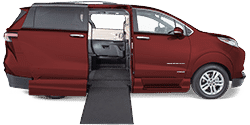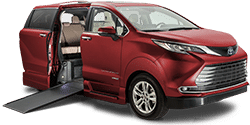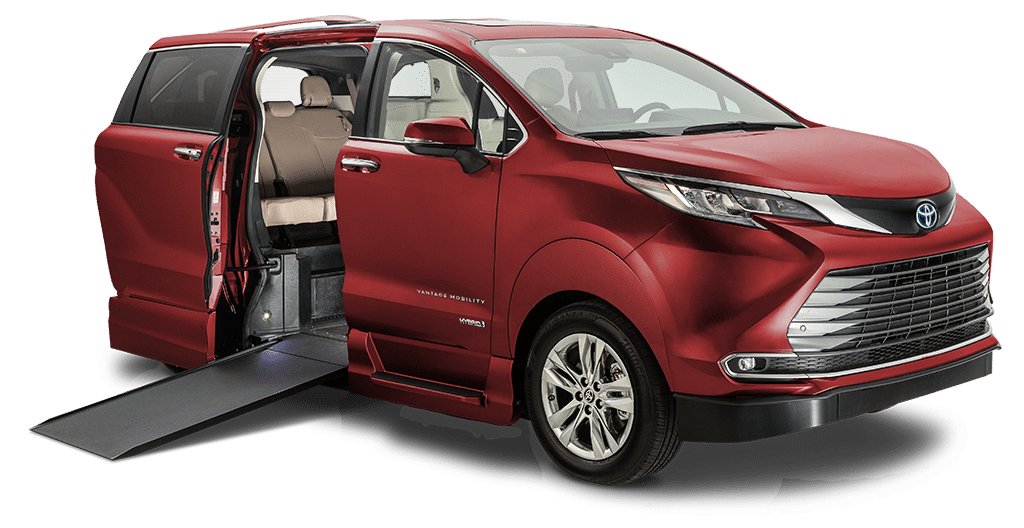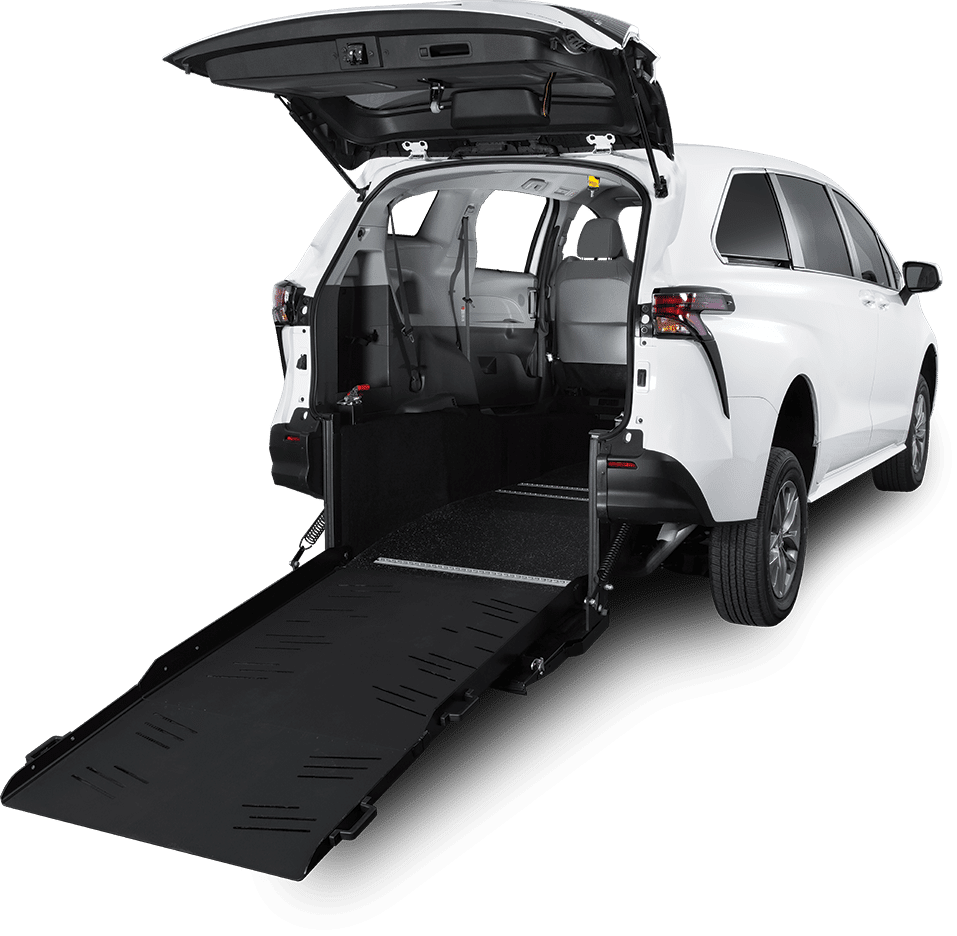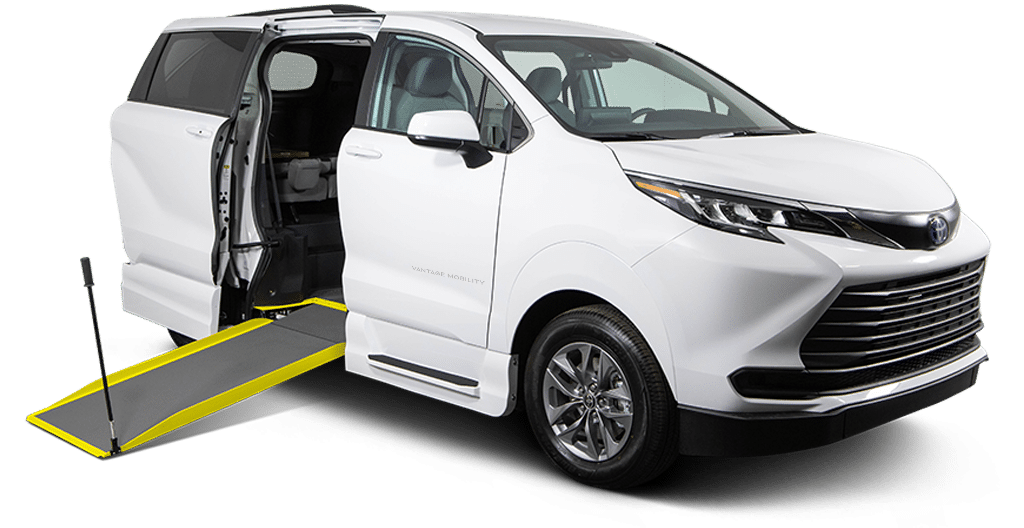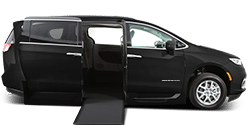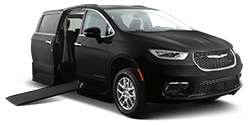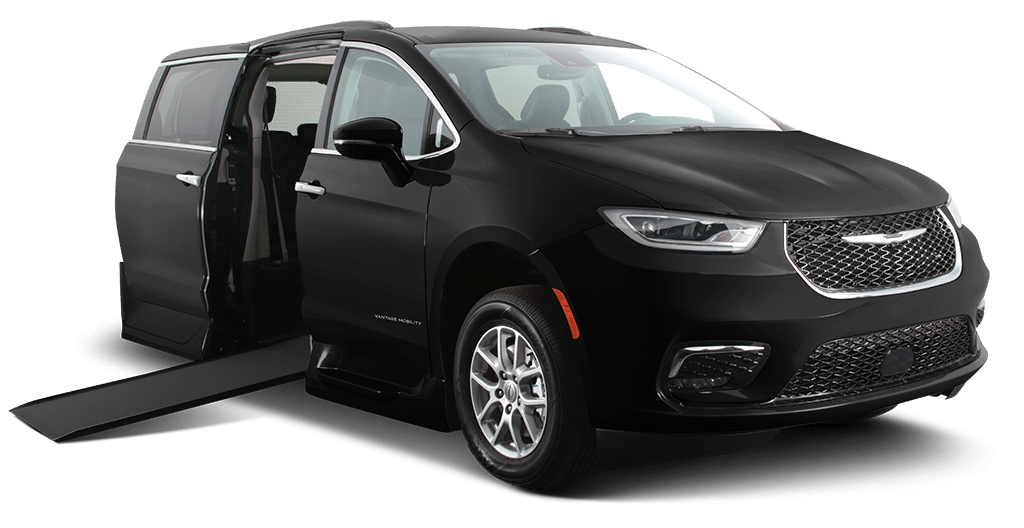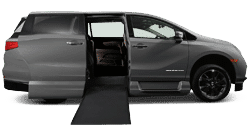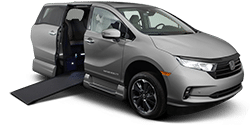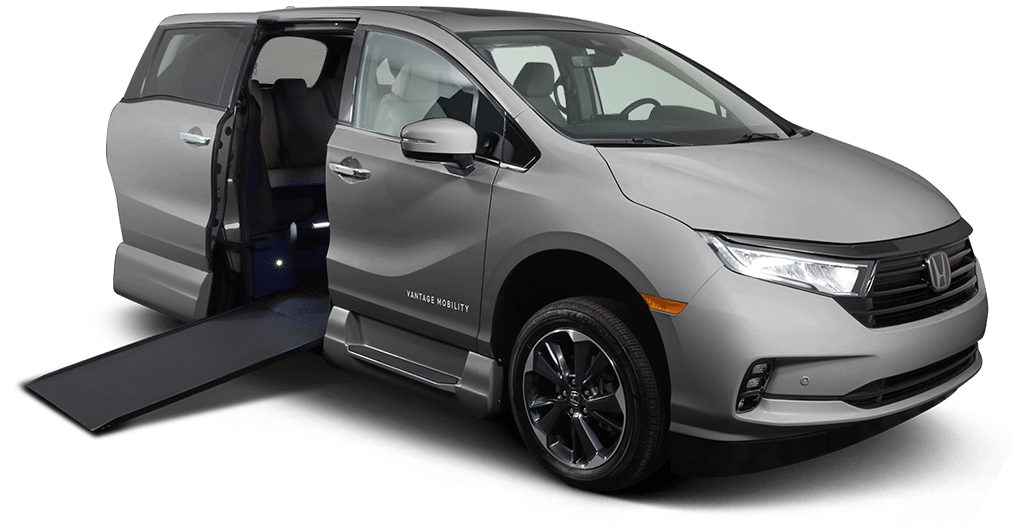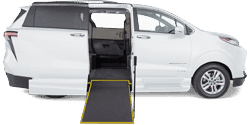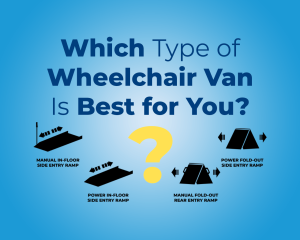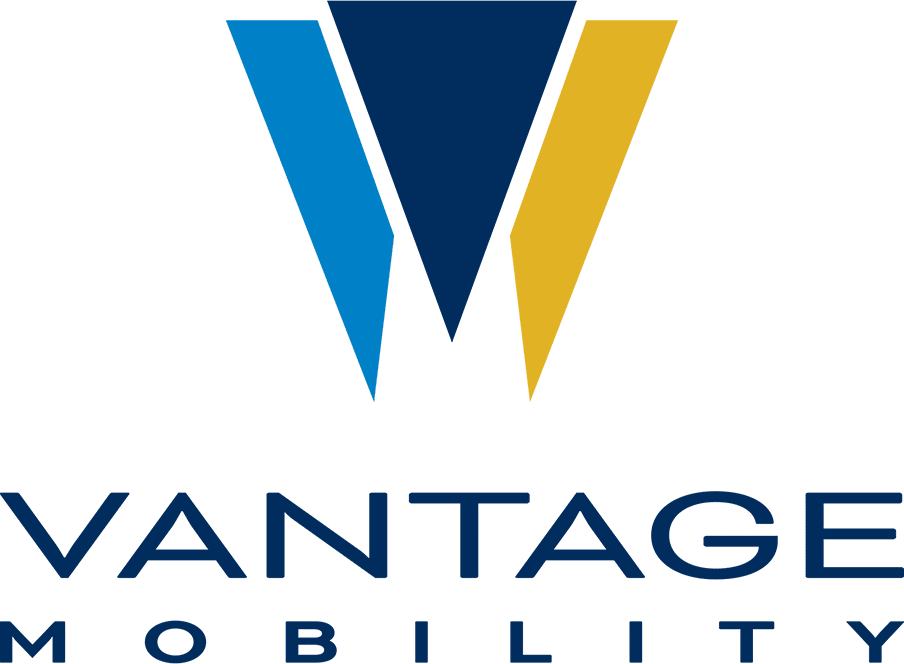When you exercise from a wheelchair, it can be an especially daunting task to find an accessible gym that has equipment and training that accommodates your individual needs.
Thankfully, people have taken the time and effort to put tools and programs together that enable anyone with a wheelchair to regularly exercise. Facilities specifically designed for wheelchair users help remove personal and social barriers so they can freely take part in physical activities.
Find an Adaptive Fitness Facility
The most cost-efficient step is finding an accessible gym that caters to your goals and lifestyle. Each state has a growing number of adaptive recreational and fitness facilities that are inclusive of people with disabilities.
For starters, look for gyms that meet ADA requirements for sports facilities. But the best fitness centers go above ADA requirements to accommodate the needs of gym members with disabilities. This means the facility is designed with disabled gym members in mind — this can mean anything from including special exercise equipment or more accessible elevator buttons for people in wheelchairs.
For example, a major pain point revolves around the presence of ramps on common routes. Under ADA, ramps are required to have a 1-inch rise in height. To go beyond this would mean that ramps will enable gym members with disabilities to have routes that span higher verticals more seamlessly.
Another major pain point for people in wheelchairs is the tight quarters between gym equipment and walking space. An ADA-compliant gym is required to have 32-inch doorways, but that’s just enough room for one person in a wheelchair to get through comfortably. To go beyond would be to create a space with wider entryways that allow for wider wheelchairs, like sports chairs, or even multiple wheelchair users at once.
A great example of a fitness facility that goes above and beyond for its gym members is Ability360. Based in Arizona, its state-of-the-art fitness centers feature adaptive equipment made to be inclusive to people with disabilities.

Not only that, but all of its equipment is spaced out to accommodate gym members in wheelchairs. For athletes, they have a special area to leave their day-to-day wheelchairs while they swap into their sports wheelchairs. Their locker rooms allow two people in wheelchairs to navigate the room comfortably with entryways are much wider than the 32-inch doorway width requirement.
Additionally, inclusive fitness facilities make it easier to bring a gym buddy. An instructor, caregiver, or partner can then support you in your fitness journey, and may even provide assistance with awkward positioning.
Try out a Fitness Class
When you find a fitness facility that’s right for you, check if they offer fitness classes. They’re a great opportunity to learn a new skill in a safe environment. It’s also a chance to meet other gym members. Ability360’s class schedule has programs that include everything from beginner weight training classes to scuba diving lessons.
Another great example? The classes taught at The Goodwill Fitness Center in Orange County. They teach yoga, balance, and chair Zumba classes in addition to their stay-fit program. Before anyone begins a membership or takes a class, the facility spends one-on-one time with a prospective member to evaluate if the fitness center can meet their needs.

Perhaps the best fitness classes for people in wheelchairs are led by them, too. Wheely Good Fitness has group fitness classes with Kris Saunders-Stowe. Initially frustrated by a lack of fitness centers that take into account the individual capabilities of people with disabilities, he founded the company to solve the problem.
Today, Saunders-Stowe has individual clients and leads his own classes. Though he may not be able to physically demonstrate every exercise to his clients, he understands from personal experience how disability can impact body temperature regulation, energy levels, and range of motion.
The Most Adaptive Exercise Equipment
People have different fitness goals. A few key pieces of adaptive equipment can make a gym all the better for a person with disabilities. If you’re not near an accessible gym or workout facility, it may be worth looking into purchasing some of this equipment.
For anyone looking to beef up their upper body strength, look to the iconic VitaGlide. It’s a logical solution to building up core, chest, and arm muscles through its positioning. It allows for resistance training with natural, fluid motion at a downward angle to decrease unnecessary strain on shoulders. The motion is similar to rowing or skiing.
If you see an FES Bike at your gym, it’s likely one of the more popular pieces of equipment. Originally available in rehab and physical therapy settings, the FES bike is now sold for home use. It uses electrodes to assist the rider in cycling their legs, arms or both. It can track user sessions to record progress and it also has some game features for you to use while cycling.
While people have different sets of obstacles, the most difficult challenge is the same for everyone: getting started. Consult with your doctor before you start any fitness program. They can recommend exercises and provide precautions that should be taken if you have a medical condition.

